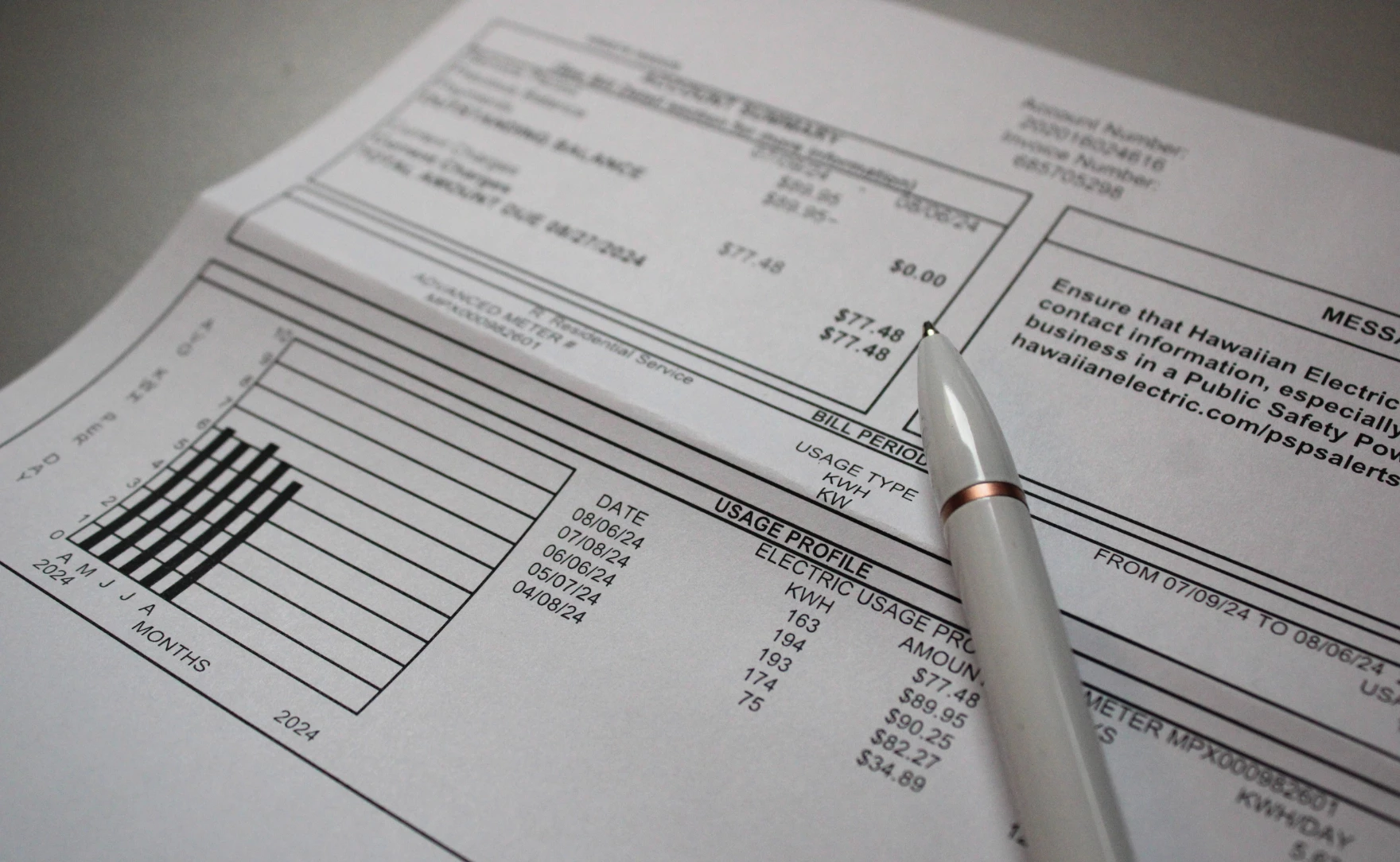About 15,000 Hawaiʻi utility customers had their power disconnected last year as a result of missed payments. Having an electronic medical device can make you more vulnerable to utility disconnections.
In 2023, an estimated 2 million people across the country had their electricity cut off after falling behind on their energy bills.
Researcher Sanya Carley with the Energy Justice Lab thinks that number is likely an undercount. Many utility companies don't collect data on how many people get disconnected, meaning data is only available for about half of U.S. households.
"You could consider this estimate maybe even just half of what we know, or half of what we presume, could be the total number of disconnects," Carley said.
Some households are more likely than others to struggle to pay their electricity bills or have their power cut off, including those that have a household member who relies on an electronic medical device.
That matters in Hawaiʻi, where having a medical device can raise your power bill by hundreds of dollars every year.
A new study conducted by Carley and her colleagues shows that the electricity costs associated with medical devices in Hawaiʻi are higher than in any other state.
Residents with these devices pay 40% more on their bills each month, though the exact costs vary by device.
The use of a home oxygen concentrator, which assists people with low blood oxygen levels, can cost more than $500 per year. The annual cost of using a home peritoneal kidney dialysis machine can be more than $850 per year.
These electricity expenses can further burden already vulnerable customers, which Carley said may explain some of the high incidence of utility disconnections among households with medical devices.
Carley presented her research before the Public Utilities Commission, which is investigating possible reforms to utility disconnection practices.
...


